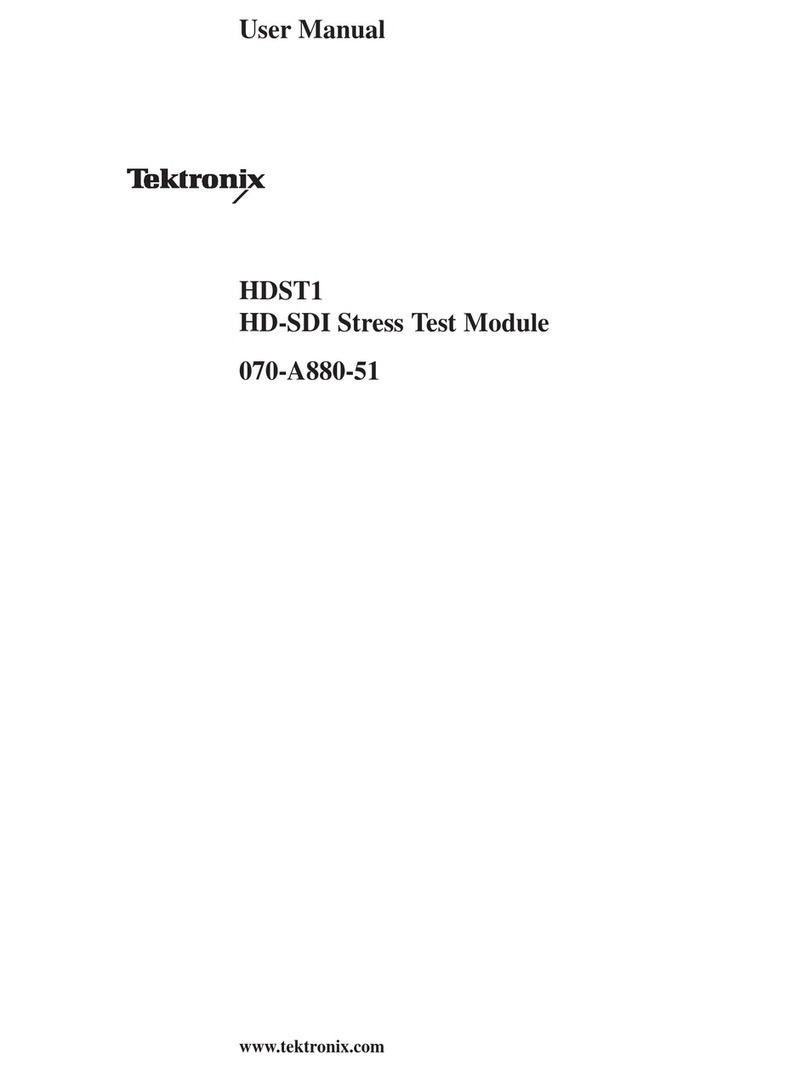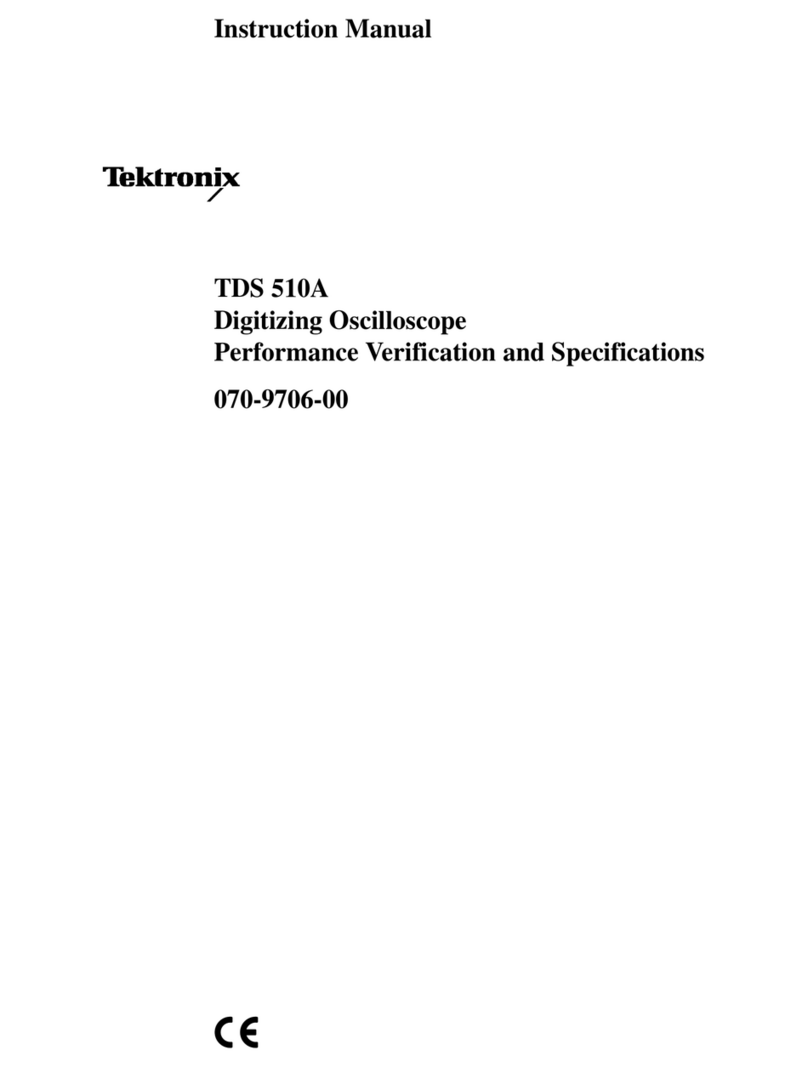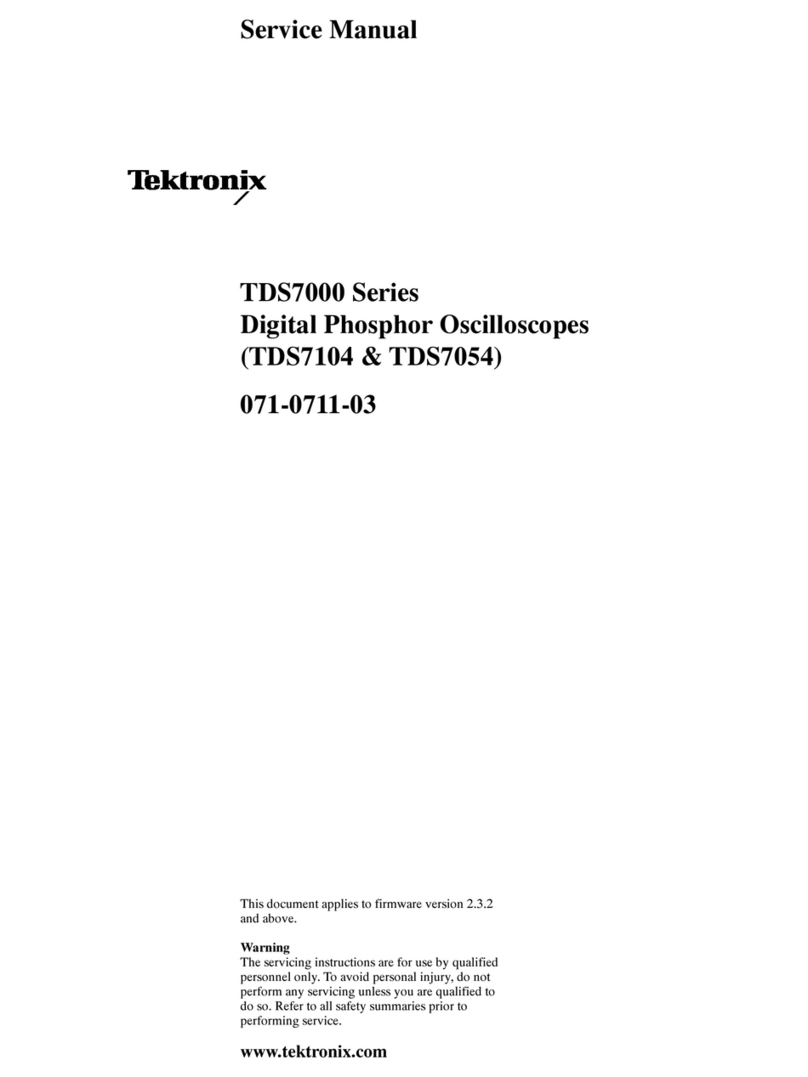Tektronix 2445 User manual
Other Tektronix Test Equipment manuals
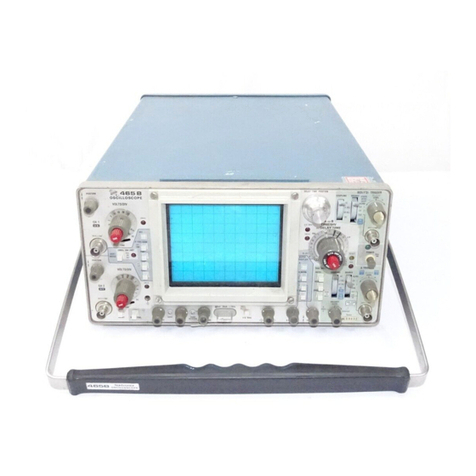
Tektronix
Tektronix 465B User manual
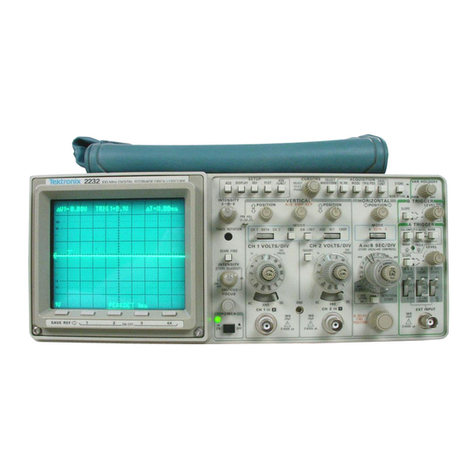
Tektronix
Tektronix 2232 User manual
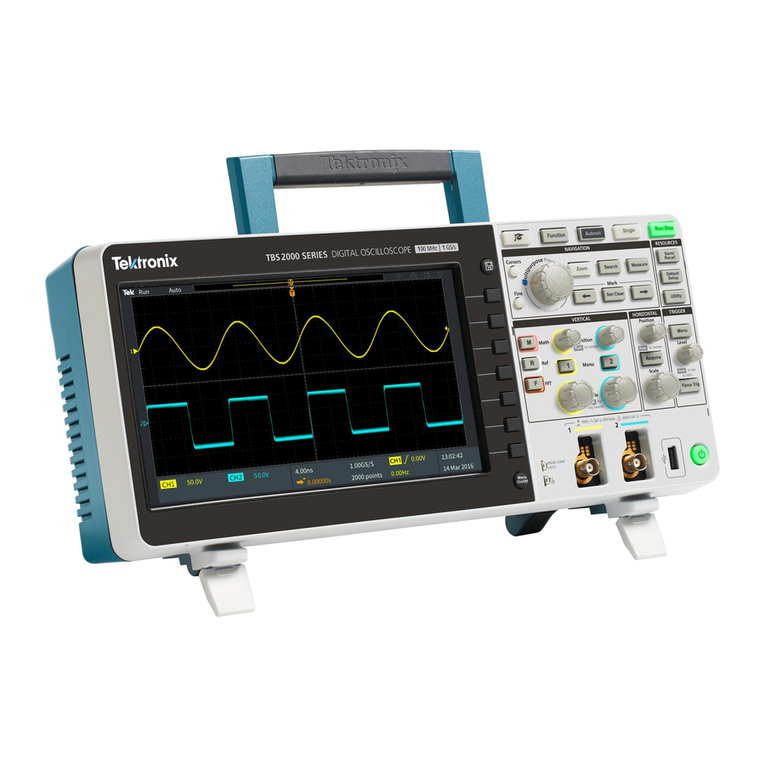
Tektronix
Tektronix TBS2102 User manual
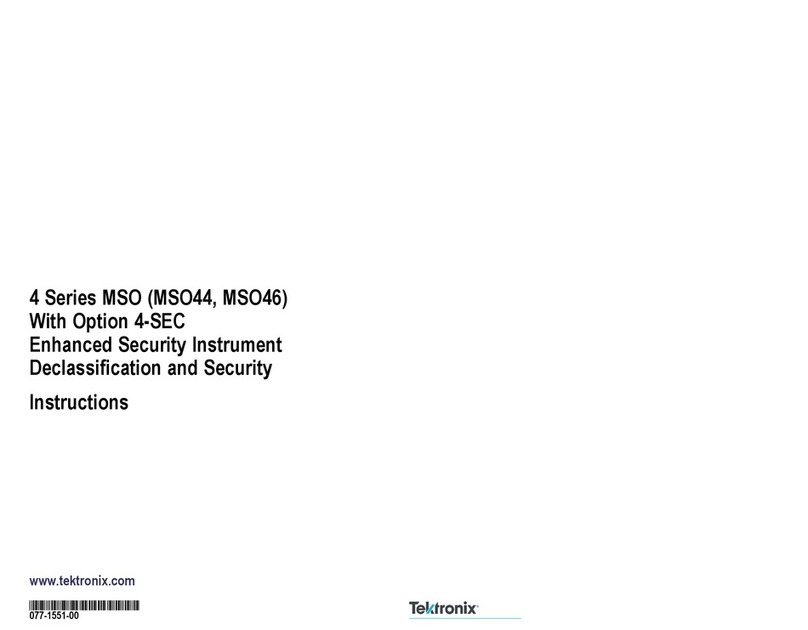
Tektronix
Tektronix MSO 4 Series User manual
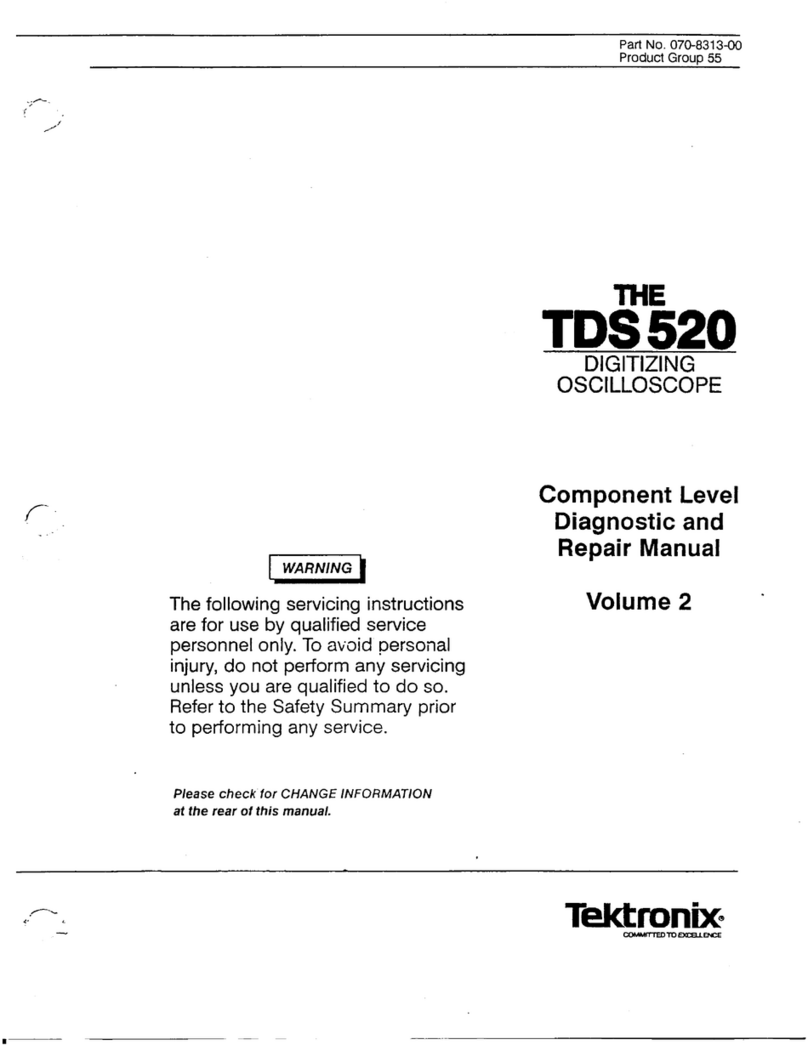
Tektronix
Tektronix TDS 520 Operating instructions
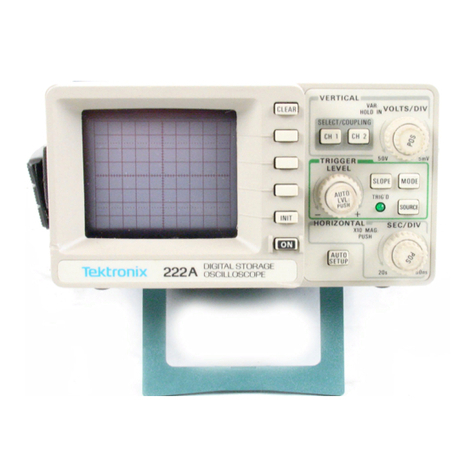
Tektronix
Tektronix 222 User manual
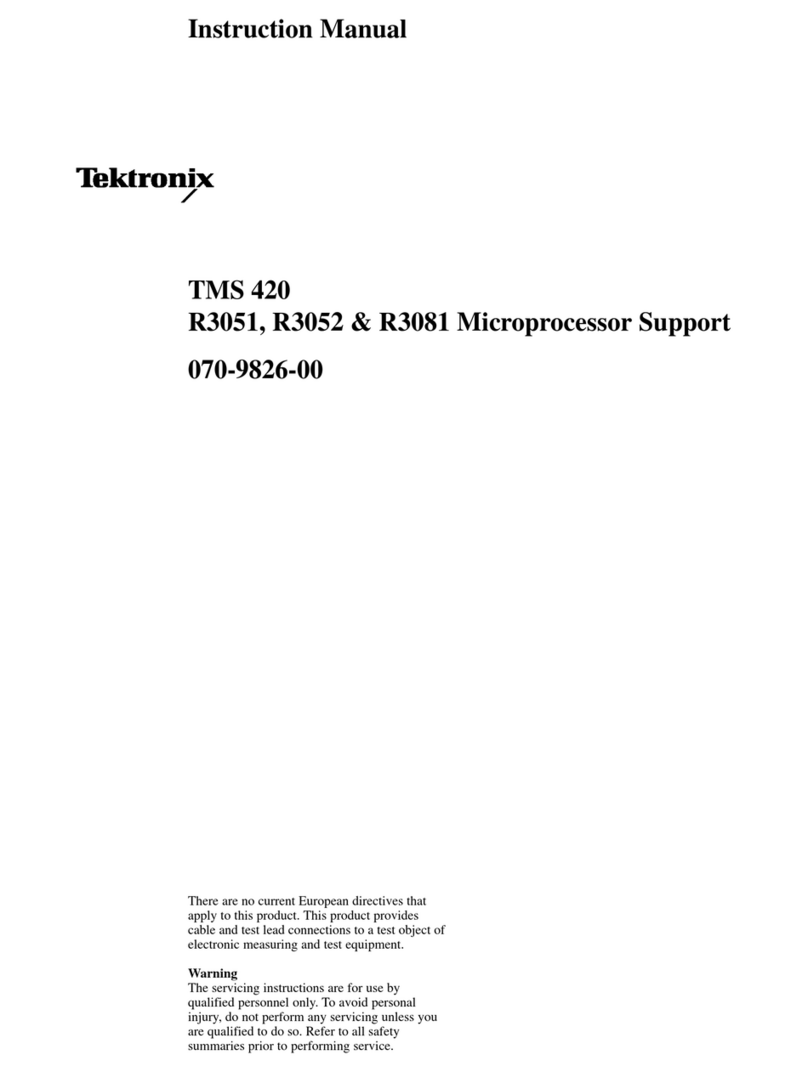
Tektronix
Tektronix R3051 User manual
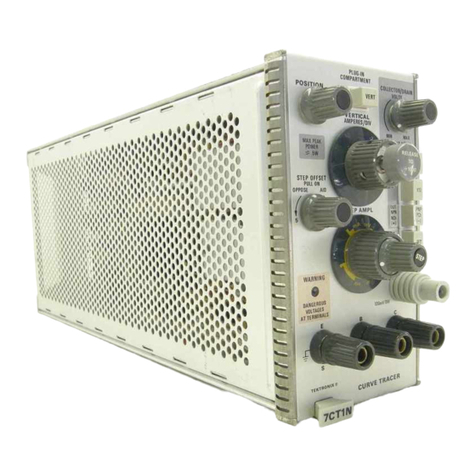
Tektronix
Tektronix 7CT1N User manual
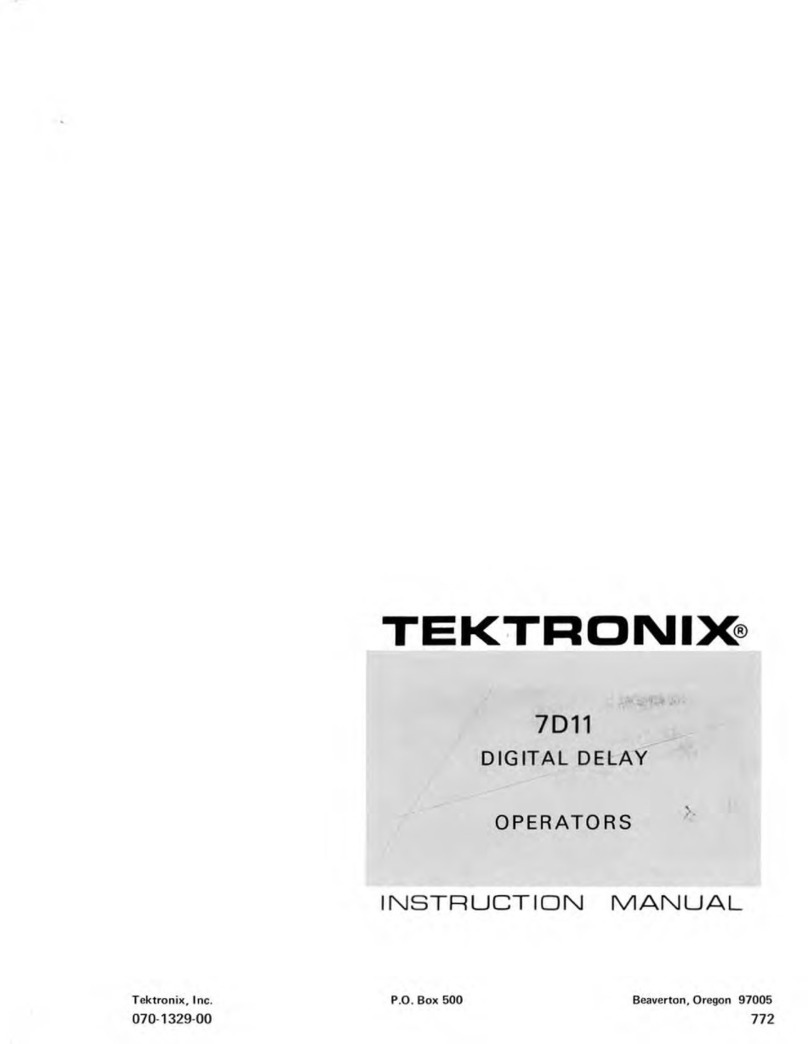
Tektronix
Tektronix 7D11 User manual
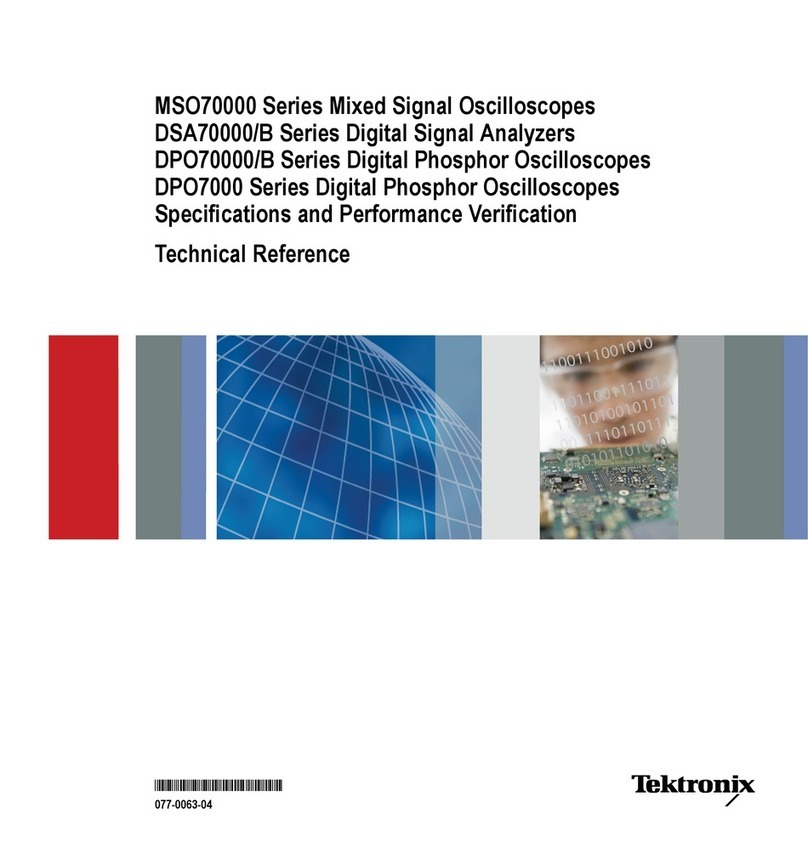
Tektronix
Tektronix DPO70000 Series Use and care manual

Tektronix
Tektronix DPO7AFP User manual
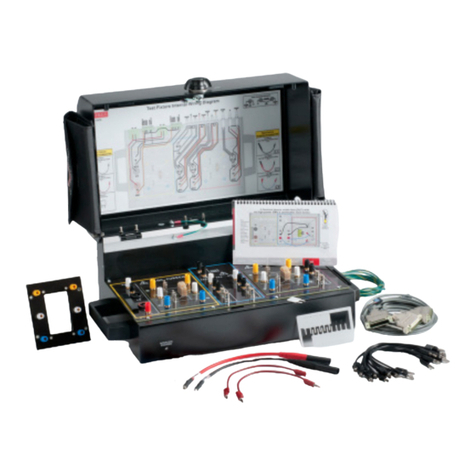
Tektronix
Tektronix KEITHLEY 8010 User manual
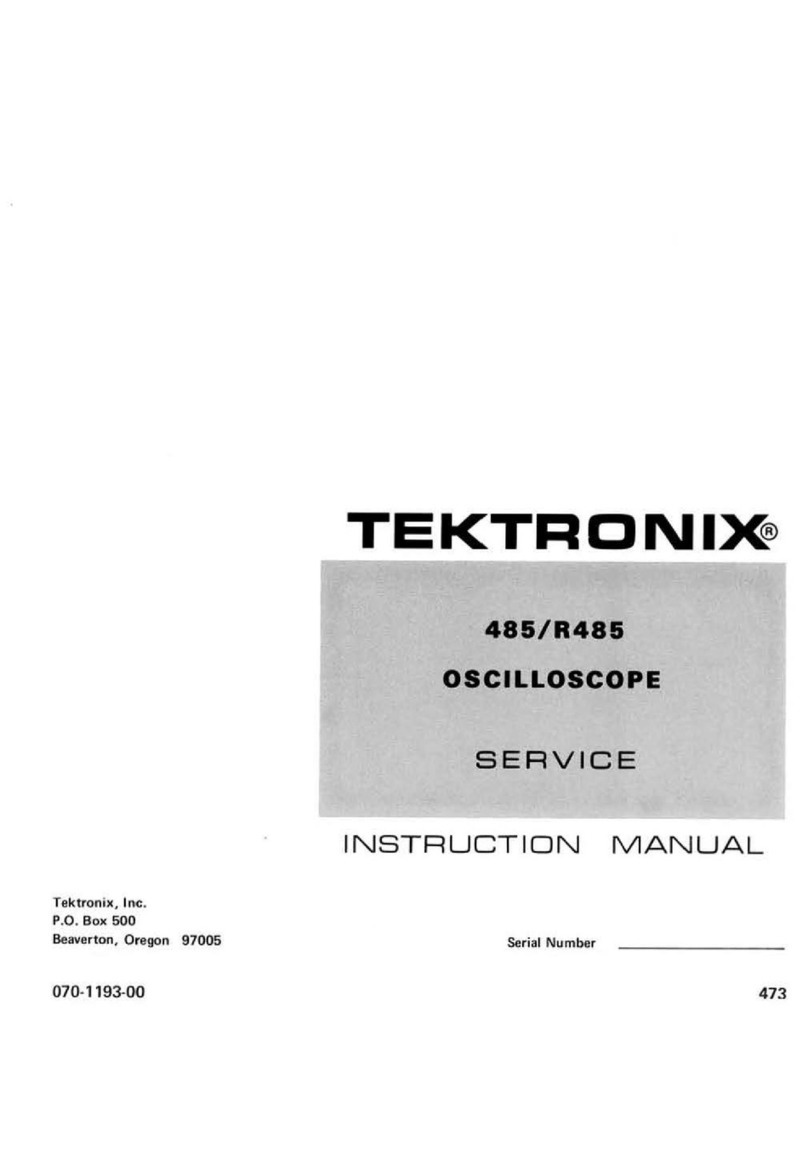
Tektronix
Tektronix R485 Operating instructions
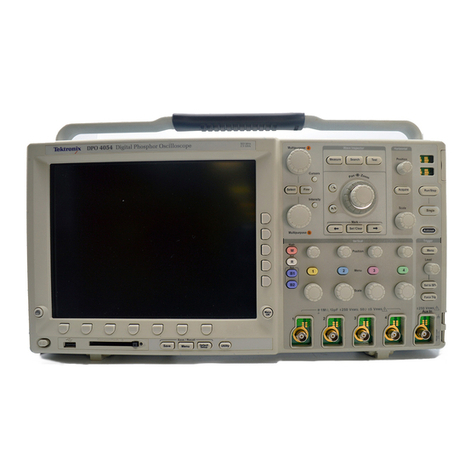
Tektronix
Tektronix DPO4034 User manual
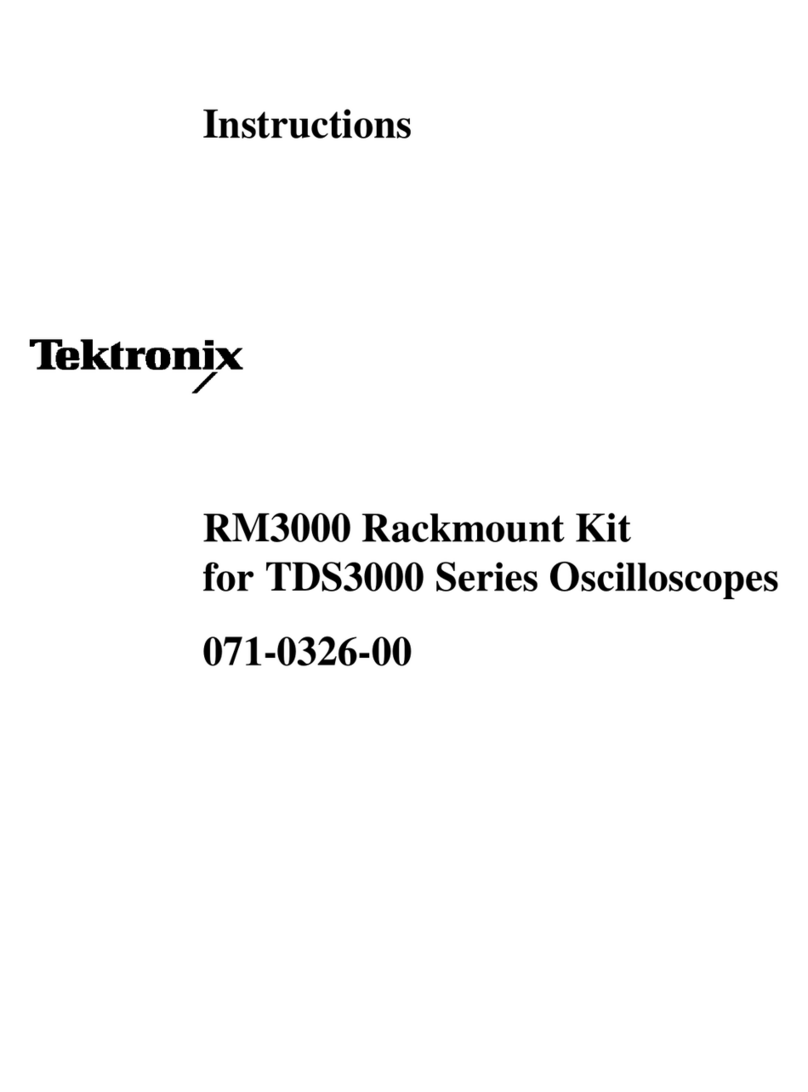
Tektronix
Tektronix RM3000 User manual
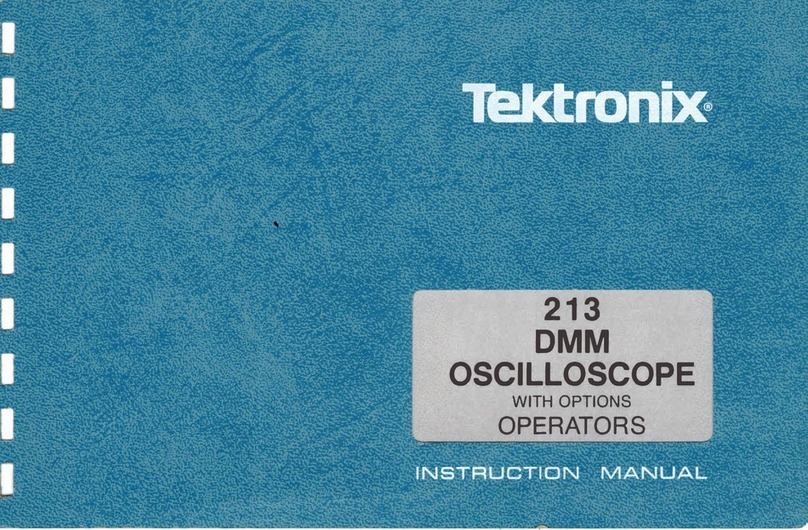
Tektronix
Tektronix 200 Series User manual

Tektronix
Tektronix TDS 400 Series User manual

Tektronix
Tektronix 2467 User manual
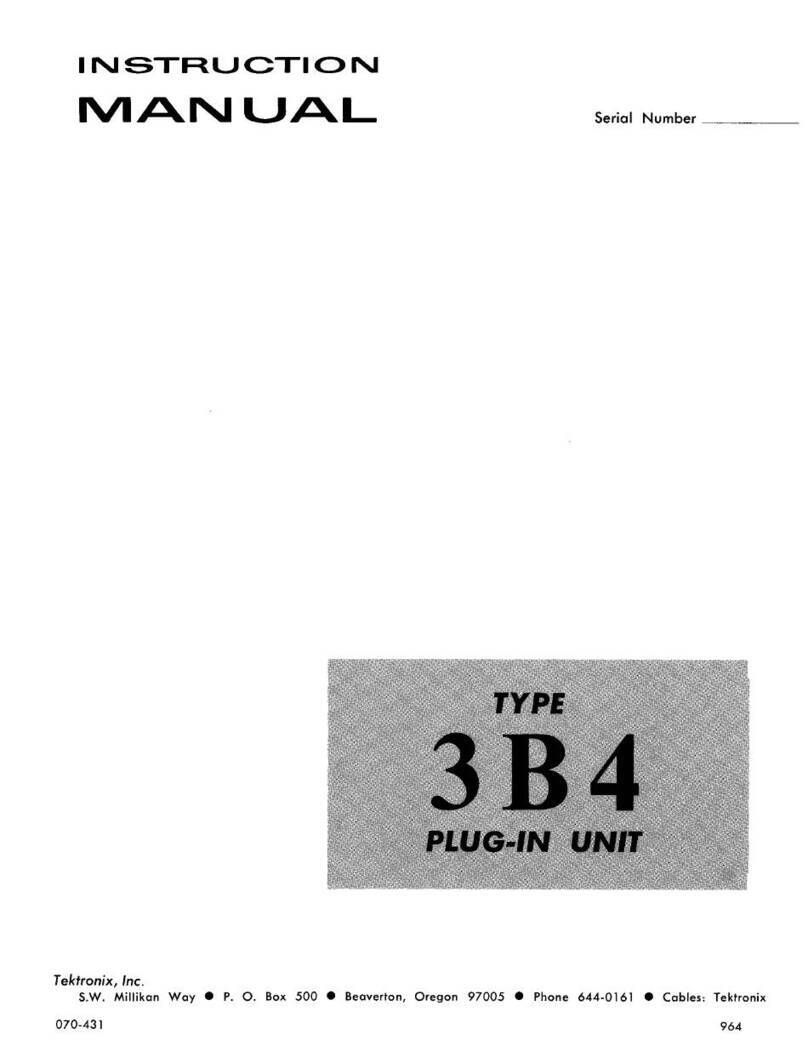
Tektronix
Tektronix 3B4 User manual
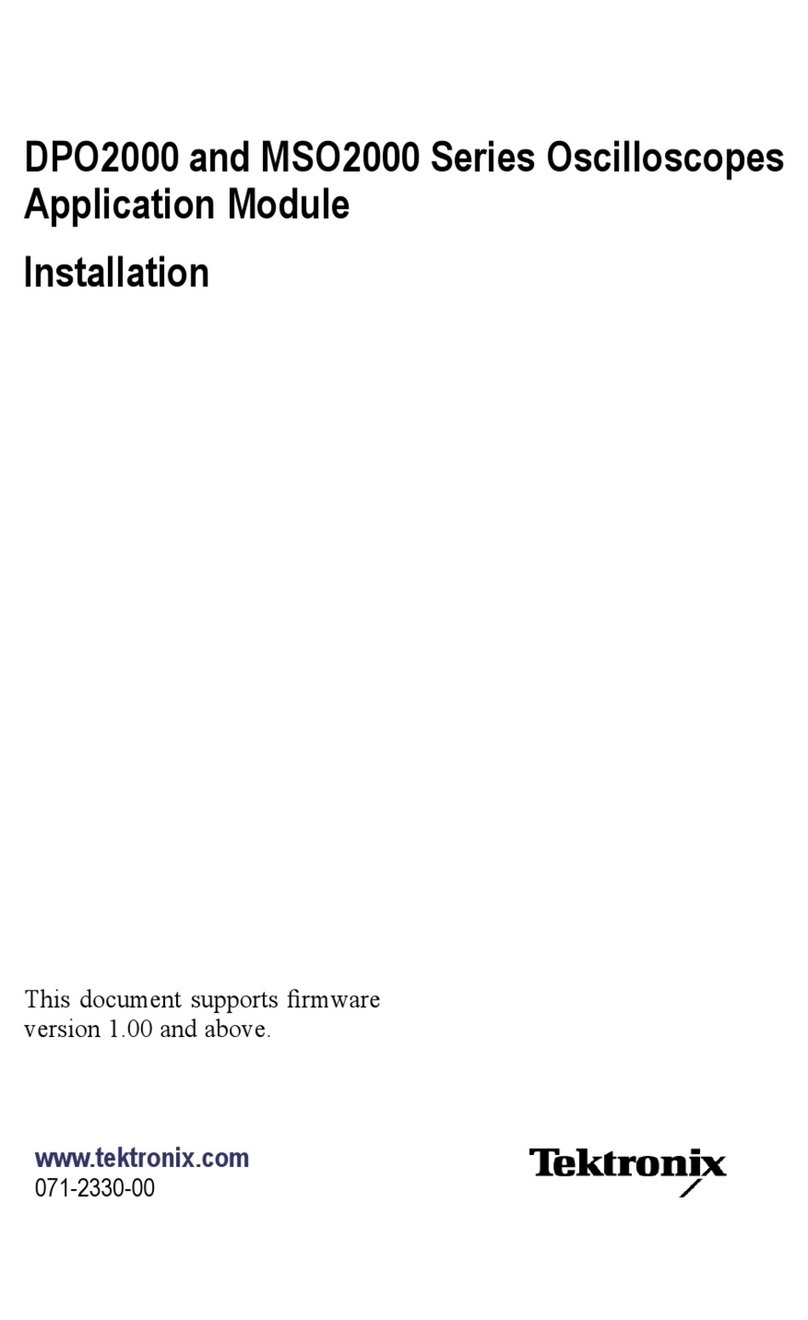
Tektronix
Tektronix DPO2000 Series User manual
Popular Test Equipment manuals by other brands

Redtech
Redtech TRAILERteck T05 user manual

Venmar
Venmar AVS Constructo 1.0 HRV user guide

Test Instrument Solutions
Test Instrument Solutions SafetyPAT operating manual

Hanna Instruments
Hanna Instruments HI 38078 instruction manual

Kistler
Kistler 5495C Series instruction manual

Waygate Technologies
Waygate Technologies DM5E Basic quick start guide

StoneL
StoneL DeviceNet CK464002A manual

Seica
Seica RAPID 220 Site preparation guide

Kingfisher
Kingfisher KI7400 Series Training manual

Kurth Electronic
Kurth Electronic CCTS-03 operating manual

SMART
SMART KANAAD SBT XTREME 3G Series user manual

Agilent Technologies
Agilent Technologies BERT Serial Getting started
